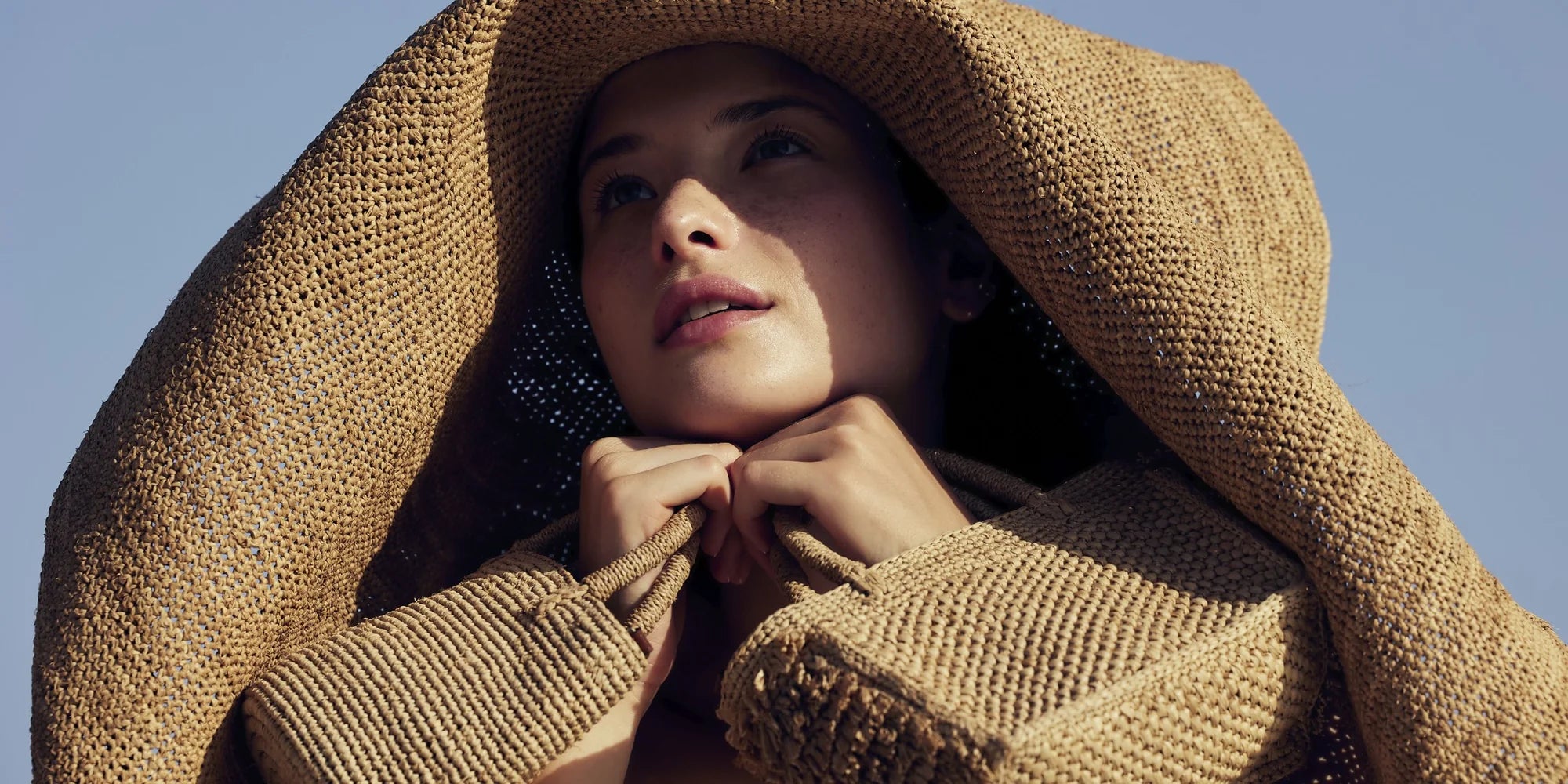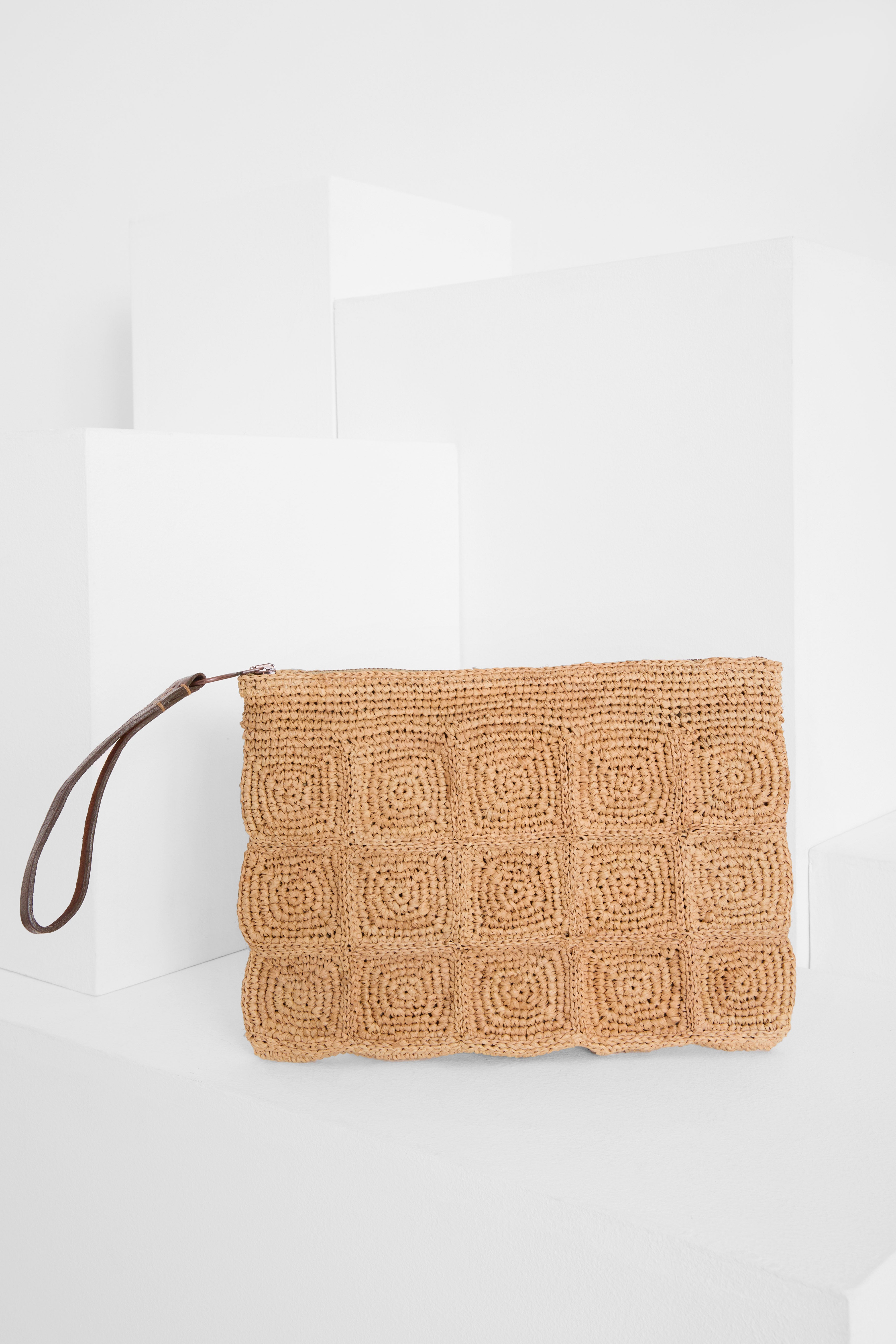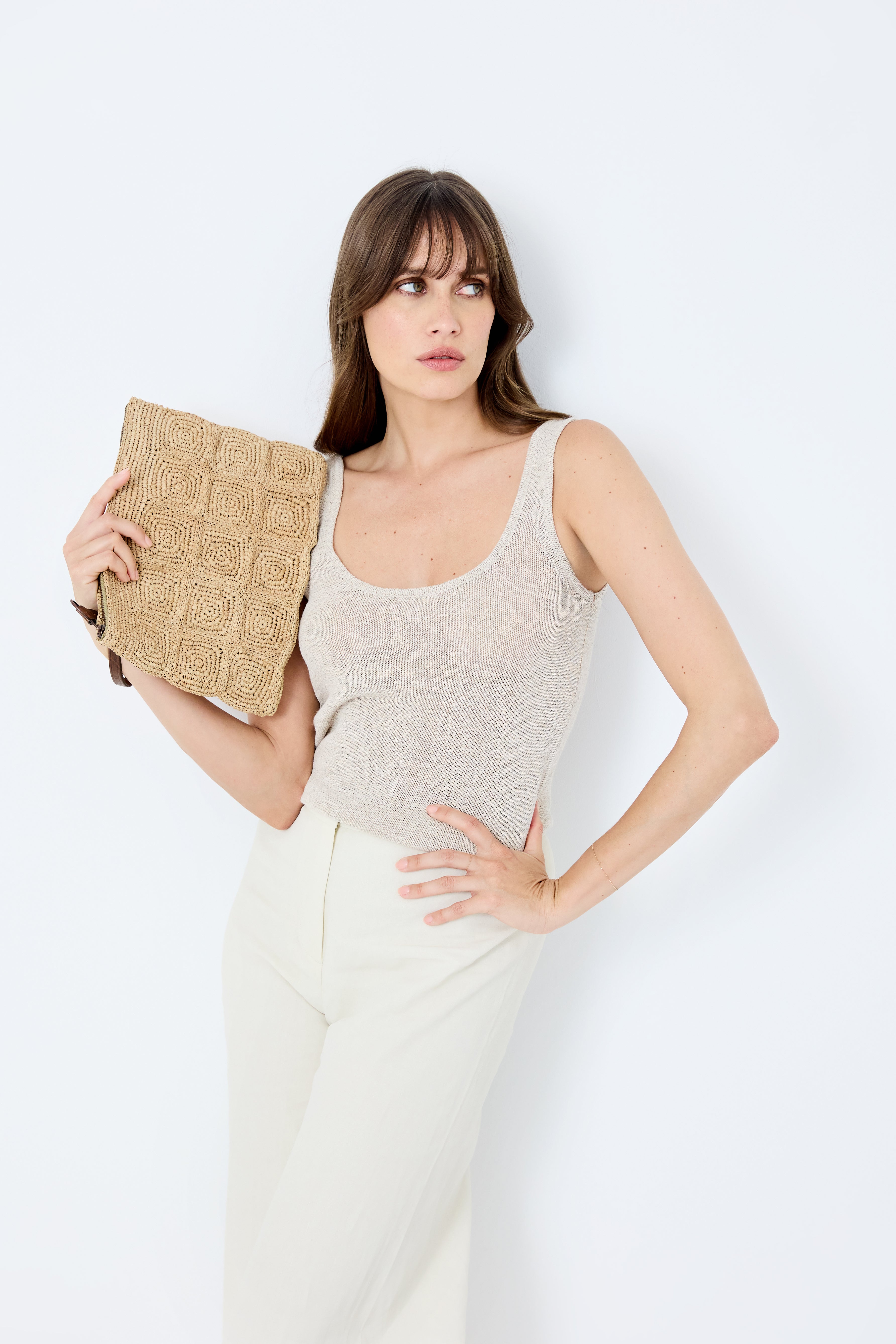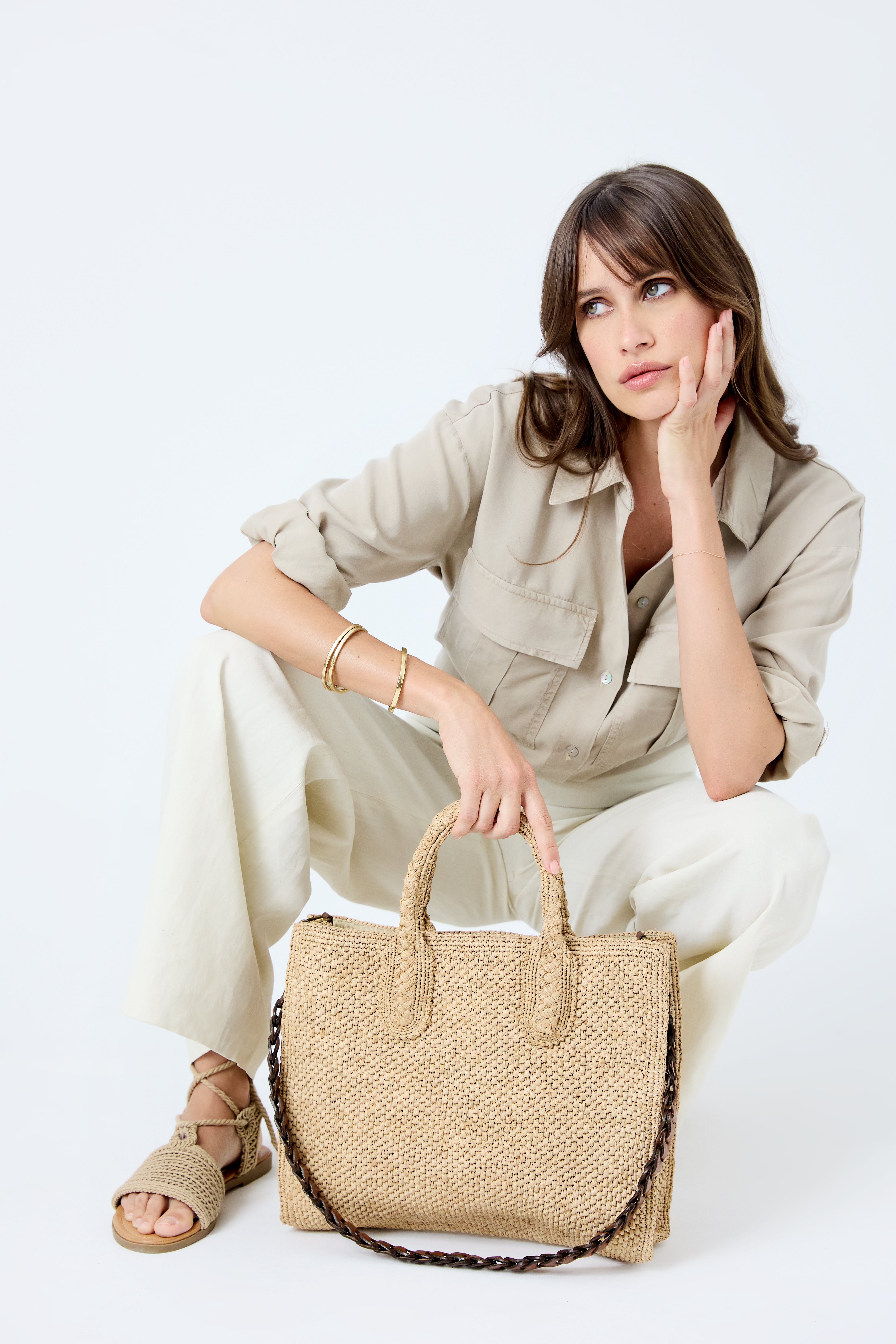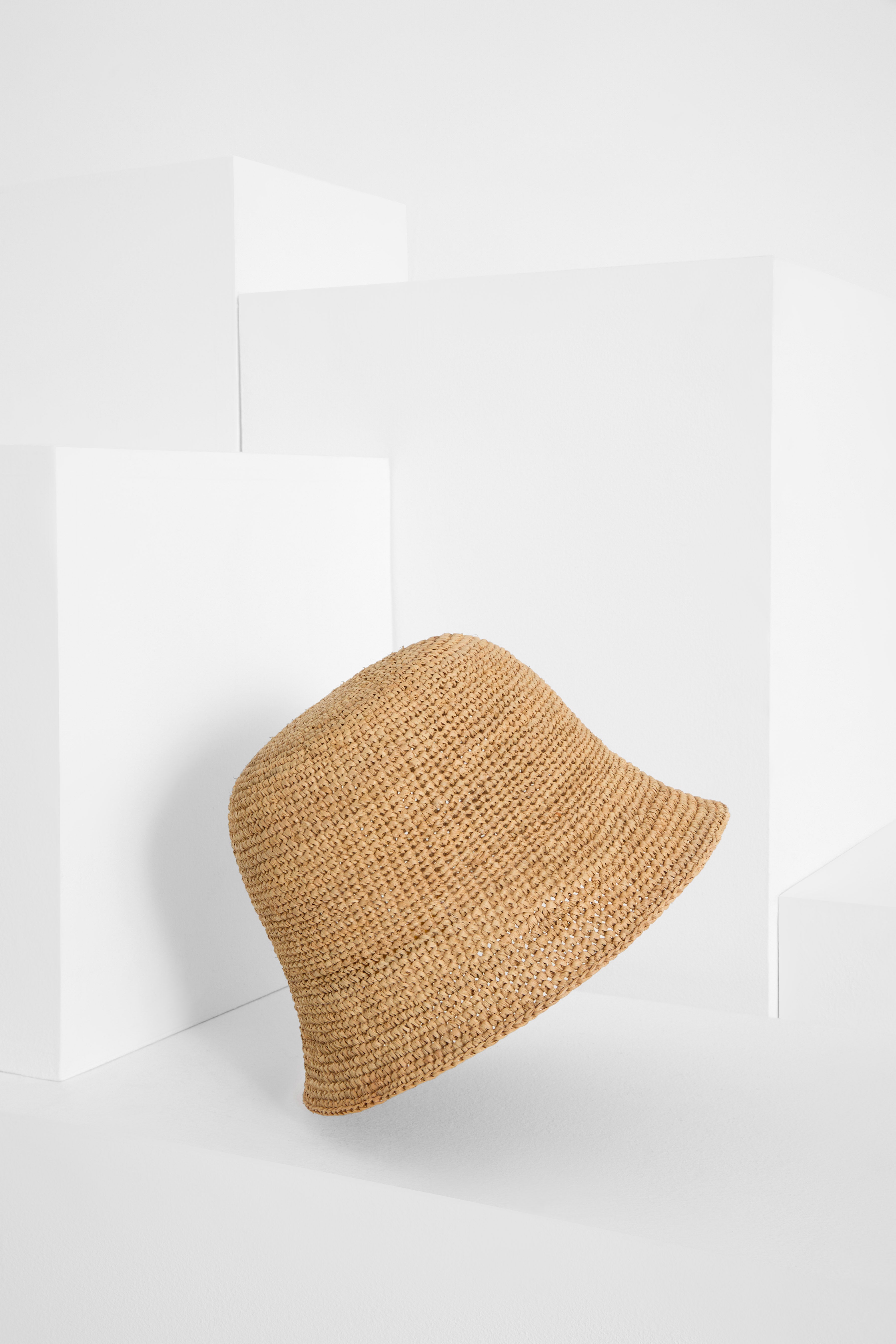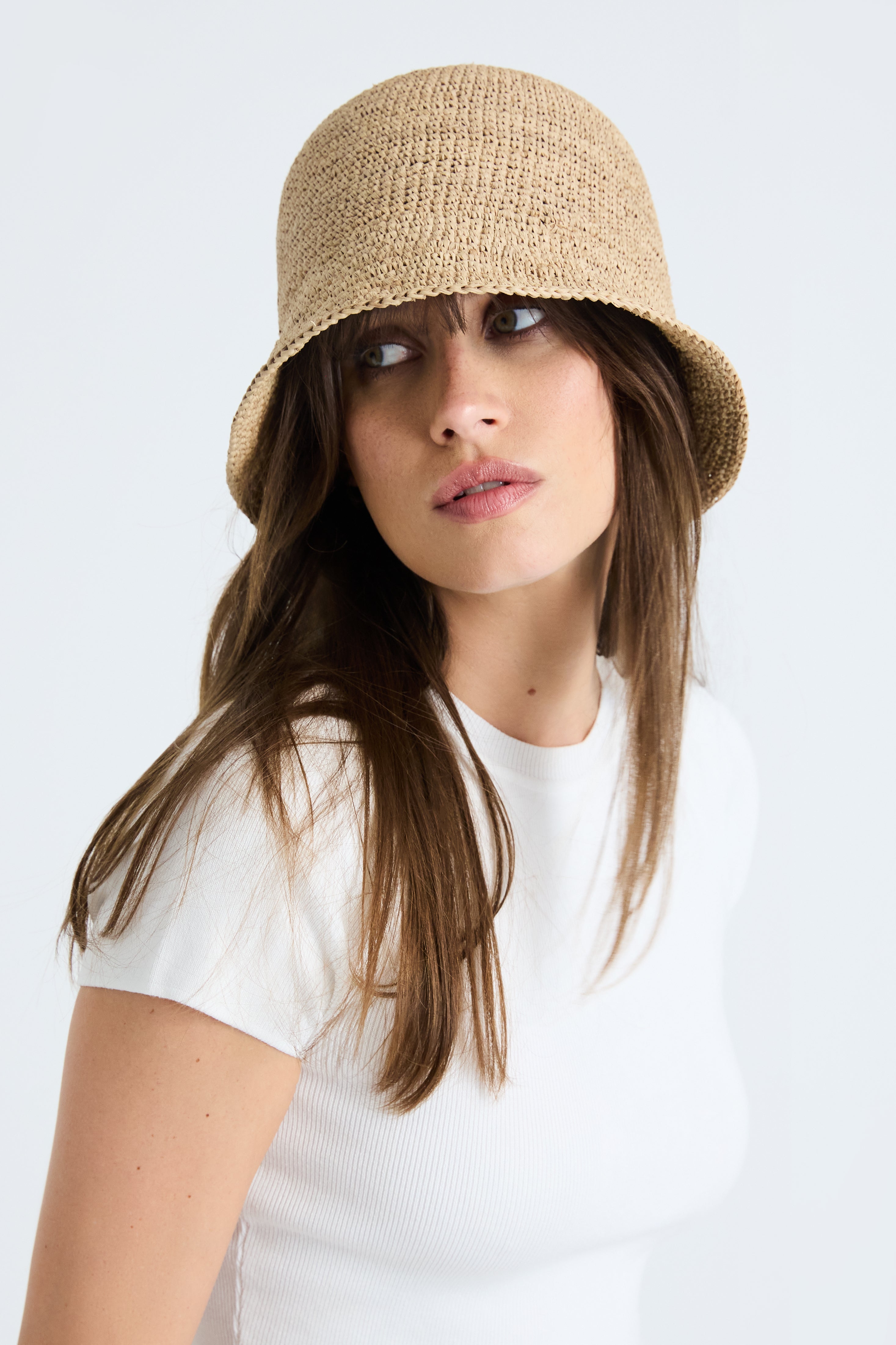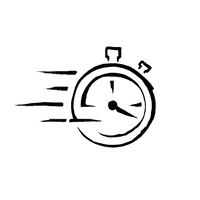@ibeliv_official
How do you tell the difference between natural and synthetic RAFFIA ?
Looking for a RAFFIA accessory as a gift for a loved one? Would you like to include RAFFIA products in your wardrobe? The RAFFIA trend is hotter than ever! From local craftsmen to luxury houses, from online boutiques to physical stores, all kinds of retailers are now offering products made in this material. This success has one major drawback: many of the fashion items advertised as RAFFIA products are not made from naturalRAFFIA , but from synthetic RAFFIA .
Before scheduling delivery of your RAFFIA products, we encourage you to learn how to tell the difference between natural and synthetic RAFFIA , so that you can be sure of the quality of the items you are about to order. Specialized in the manufacture of 100% natural RAFFIA accessories from Madagascar, IBELIV tells you more about the specifics of each material.
Natural RAFFIA : a treasure of nature
Natural RAFFIA is a vegetable fiber derived from the leaves of a palm tree native to Madagascar. A real local treasure!
A 100% natural product
RAFFIA grows naturally, in humid or marshy areas, far from pesticides and other harmful substances. RAFFIA fibers are harvested in an environmentally-friendly way, without interfering with the palm's growth.
A plant fiber with exceptional properties
This product of nature also has an undeniable advantage: it contains a natural resin whose properties increase its suppleness, flexibility and longevity. All these qualities make naturalRAFFIA an ideal material for creative work, thanks in particular to the crocheting technique, an ancestral know-how handed down from generation to generation in Madagascar!
A material conducive to creations in a variety of shapes and colors
The art of crocheting in natural RAFFIA allows you to achieve more than satisfactory results with every creation, both aesthetically and in terms of robustness and durability. Indeed, in Malagasy handicrafts, RAFFIA crocheting offers the possibility of varying stitches and meshes. As a result, your beach basket, handbag, evening Clutch or hat in natural RAFFIA will be adorned with a variety of decorative motifs. A fine example of the richness of this craft: our collection based on 100% natural RAFFIA .
What's more, dyeing with natural dyes guarantees a complete choice of colors for consumers wishing to incorporate this material into their wardrobes. From the sober color of natural RAFFIA once dried to the vibrant colors obtained once the plant fiber has been dyed, one of your favorite shades is bound to be found in this extensive palette! As proof, hats and bags in RAFFIA from the IBELIV collection are available in the color of your choice: beige, brown, black, orange, blue, anise green, fuchsia, gray, etc.
Synthetic RAFFIA : an industrial imitation
Often favored for manual hobby activities such as scrapbooking, synthetic RAFFIA is also replacing natural RAFFIA in fashion accessories or decorative objects stamped " RAFFIA " in the shops. Is this good news? Not really! It creates real confusion in the minds of consumers, who believe they're buying or giving a gift of a 100% natural product, when in fact the fashion accessory or decorative object they've just bought only imitates the appearance of natural RAFFIA .
Synthetic RAFFIA is made from plastics that imitate natural RAFFIA . For example, RAFFIA PP is a polypropylene RAFFIA . Synthetic RAFFIA is therefore derived from petrochemicals, whose use is not without consequences. In the environment, plastic pollution is now recognized as a vector for the dispersion of toxic compounds that can accumulate in food chains.
Please note: there is also RAFFIA viscose, not to be confused with natural RAFFIA from the Madagascar palm tree. In fact, RAFFIA viscose is derived from vegetable cellulose. The manufacture of viscose involves the use of large quantities of chemicals. A semi-synthetic material that bears no resemblance to natural RAFFIA !
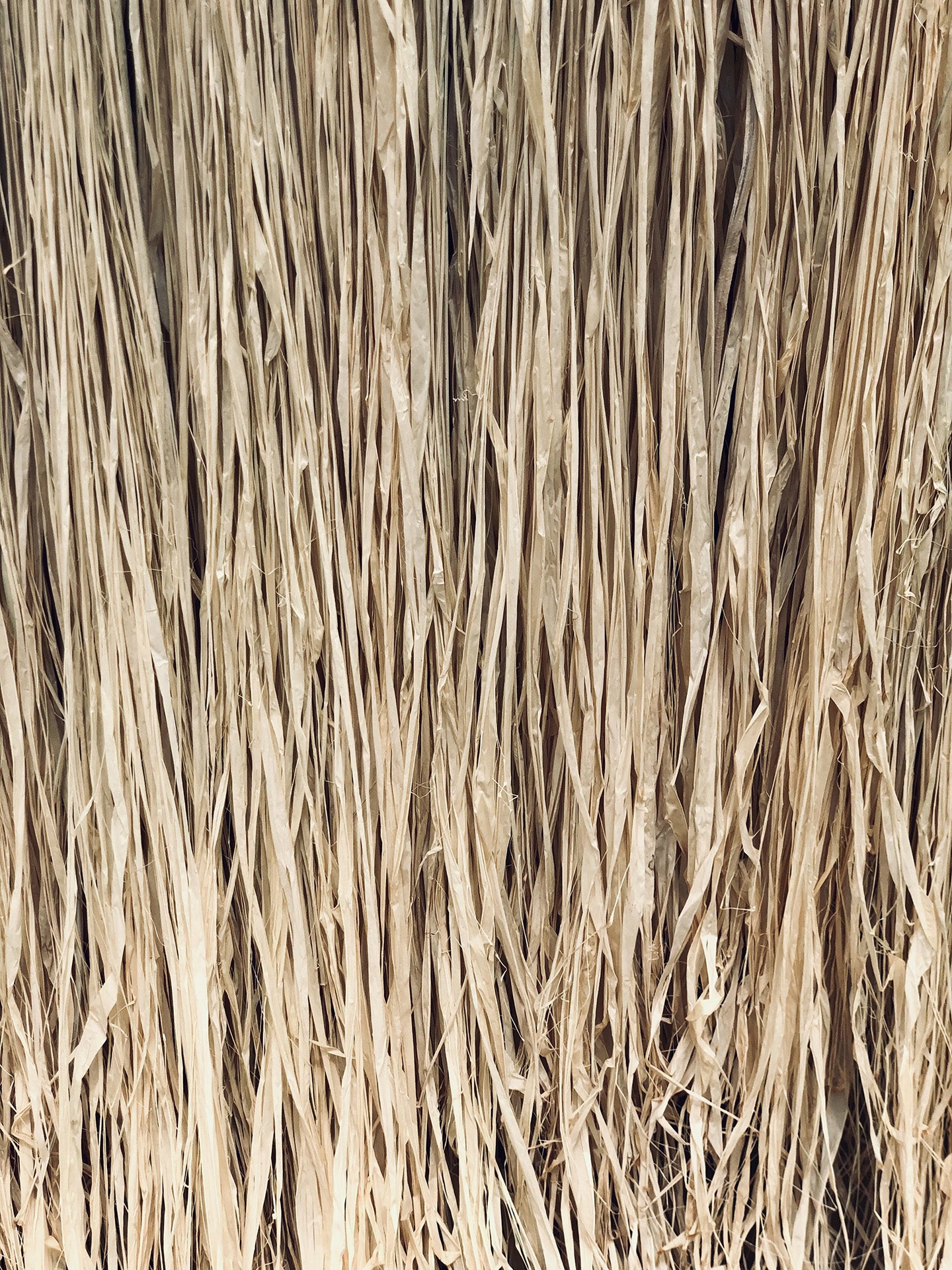
How can you tell the difference between natural and synthetic RAFFIA ?
Are you determined to opt for 100% natural RAFFIA products? To be sure you're making the right choice, we invite you to pay attention to the following details to differentiate between natural and synthetic RAFFIA .
- Check the information provided by the distributor: if the product data sheet does not mention natural RAFFIA fibers, it is certainly a product made from synthetic or semi-synthetic RAFFIA .
- Find out more about the artisans behind our RAFFIA creations: at IBELIV, each creation bears the signature of the Malagasy craftswoman who made it, guaranteeing that it is handmade in Madagascar, using RAFFIA from the island's palm leaves.
- If possible, take a look at the texture of the product: plastic-based, synthetic RAFFIA is a harder fiber; it lacks the suppleness of natural RAFFIA .
IBELIV's commitment to 100% natural RAFFIA : reasons and benefits
At IBELIV, the bags, Clutches and hats in our collection are made exclusively from RAFFIA harvested in Madagascar. Our commitment to 100% natural RAFFIA does not stem from a marketing strategy aimed at reaching consumers who are increasingly sensitive to environmental issues. Sustainability, ecology and ethics are at the heart of our manufacturing process!
RAFFIA : a robust, renewable and biodegradable fiber
Indeed, we know that natural RAFFIA has an undeniable advantage over synthetic RAFFIA : that of being a robust, renewable and biodegradable resource. We believe it's urgent to encourage more environmentally responsible consumption, and that we have a major role to play in this. By opting for this natural fiber and informing consumers to avoid any confusion with synthetic RAFFIA , we're doing our bit.
Thanks to the robustness of natural RAFFIA and the talent of Madagascan craftsmen, an IBELIV creation can last over time. There's no risk of seeing your favorite accessory rapidly deteriorate and join the fast-fashion waste stream, whose synthetic materials are polluting our environment more and more every day. Our customers can be sure of making a purchase that contributes to respecting the environment.
The RAFFIA chain: fair, stable income for local craftsmen
In Madagascar, the RAFFIA industry is a source of sustainable employment for the local population. It guarantees sufficient income, thanks in particular to IBELIV, which trains and employs Malagasy women to manufacture the various creations available for sale and delivery in its online boutique. These women enjoy a rewarding profession, their talent and the exceptional quality of their creations now recognized beyond Madagascar's borders.
There's no doubt about it: choosing natural RAFFIA over synthetic RAFFIA has many benefits. Whether you're looking for a simple beach basket or a RAFFIAClutch for an evening out, make an ethical and responsible choice by opting for a natural RAFFIA accessory!


